Twenty five years ago, in 1984, a group of gay men and lesbians set out to recruit. What they wanted to recruit was dollars for LGBTQ purposes. Up to that time, one of the largest revenue sources for gay organizations had been the coat-check staffed by volunteers accepting donations at gay bars. You might imagine it did not produce large sums. Additionally, there was a seasonal nature to coats, though that was offset by the MAGIC picnic fundraiser held in summer.
So the recruiting plotters got together in my living room to establish a more professional approach to fundraising. Luckily they had a professional fundraiser amongst them, Jerry Dahlke, and Ron Sommers, an expert in organizing non-profits for 501c(3) status. They also included fire sparkers like Carla Dubinski and the Queen Bee of askers, Claire Fulenwider, and the dedicated Tess Meuer. And so the New Harvest Foundation was formed, with credit to Carla for the name.
New Harvest Foundation just celebrated its 25th anniversary, and I want to tell a tale that links those beginnings to the present.
One of the first projects undertaken by New Harvest regarded internationally known George Segal’s sculpture “Gay Liberation.” The work consisted of two gay men standing and two lesbians seated with park benches. The gentleman who commissioned the work from the artist was from Houma, LA, and was a bridge-tender by day down in the land of bayous. The original intention was that castings of the work were to be placed in New York City, near the site of Stonewall, and in Los Angeles. In the early 1980s, however, neither city was ready to accept them. The bi-coastal criticisms ranged from complaints that the sculptor was not gay, the jeans were too tight and thus sexually suggestive, “cruising clones” were not representative of the community, public funds should not be spent, to threats to blow up the works.
The Los Angeles casting was placed in 1984 on the Stanford University campus. Within a month it was attacked with a ball-peen hammer and struck 40 times, causing $50,000 in damage. The sculpture was removed and placed in storage. Flowers began to appear on the site, and about a year later, the sculpture was placed in public again. At the time of the first attack, George Segal issued a statement that his point in “Gay Liberation” was “a human one regarding our common humanity.” Once reinstalled, someone spray-painted the word AIDS on the male couple. In another incident, the Stanford football team splattered black paint on, and wedged a bench between, the figures for $8,000 in damage. Student vandals were sentenced to probation and the judge suggested they take a class in gay studies. (What progress that such a class was available!)
Meanwhile Tom Garver, then the director of the Madison Art Center on State Street, arranged a showing of the New York casting in the Art Center’s galleries. As the show was set to conclude, the sculpture would have been sent back to Segal’s studio, which was a converted chicken coop (no pun intended) as New York still did not have its act together to place it near the Stonewall Inn. The coop was on the poultry farm in New Jersey where Segal grew up after his parents left the Bronx. So Tom called me and asked whether it might be displayed in a Madison park, since Sheridan Square, the urban park in New York, was not ready.
We immediately began hatching plans. We determined that if we could avoid seeking public funds, we might skip some of the hue and cry. So, enter the New Harvest Foundation (NHF). In cooperation with the Art Center, NHF hosted a fundraising lunch in the gallery in the presence of the work and raised the funds needed for installation. Next task was finding the site, and Orton Park in the gay-friendly Marquette Neighborhood was a likely suspect. Alderman Billy Feitlinger, and I as County Supervisor, were the public officials who represented the area. We went door-to-door around the Park and spoke to householders, finding no real opposition and some support. The next hurdle was getting permission from the Park Commission. The Art Center made the request, and we rounded up supporters to speak. The local Anita Bryant types were there, too, with bibles open to testify against the sculpture. By an overwhelming vote, the Park Commission supported the placement in Orton Park. In designing the installation, Garver had bollards strategically located so no redneck in a truck might slam into it.
As it was installed in 1986, people drank champagne and had great fun coming up to pose with the figures. The first Halloween there was a heightened concern for vandalism, and neighborhood resident Henry X. Dudek organized neighbors to take shifts to protect “Gay Liberation” from tricksters. Other folks put warm scarves and caps on the figures in our deep winter cold.
One vandalism incident occurred when paint was thrown at the figures, and four young men were sentenced to 100 hours each of community service as a result. The Art Center found that Wisconsin winters were a more severe test and had to do various maintenance efforts on the figures. But we did better than Stanford.
Finally in 1991 New York was ready for Segal’s work, and the sculpture now resides in Sheridan Square near Stonewall as intended. But Madison, Wisconsin, proved a welcoming and appropriate place in the mid-1980s for “Gay Liberation” after becoming the first gay rights state in 1982.
Now back to the present. At the New Harvest 25th anniversary dinner, where over $350,000 in grants were celebrated, I chatted with many folks. One was a man who described how he wrestled with coming out. During that period in his life, he had gone to sit on the benches in Orton Park with the sculpture, and it had helped him to figure things out. So, in the “small world” division, one good deed in the past can show rewards in ways one never expects.

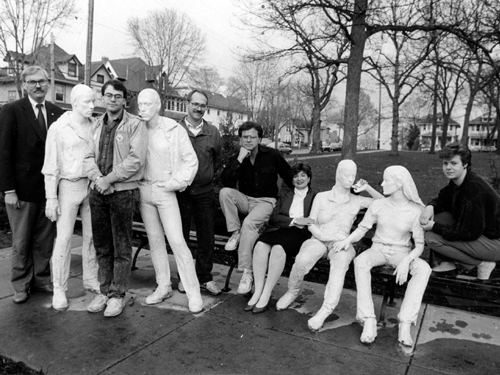

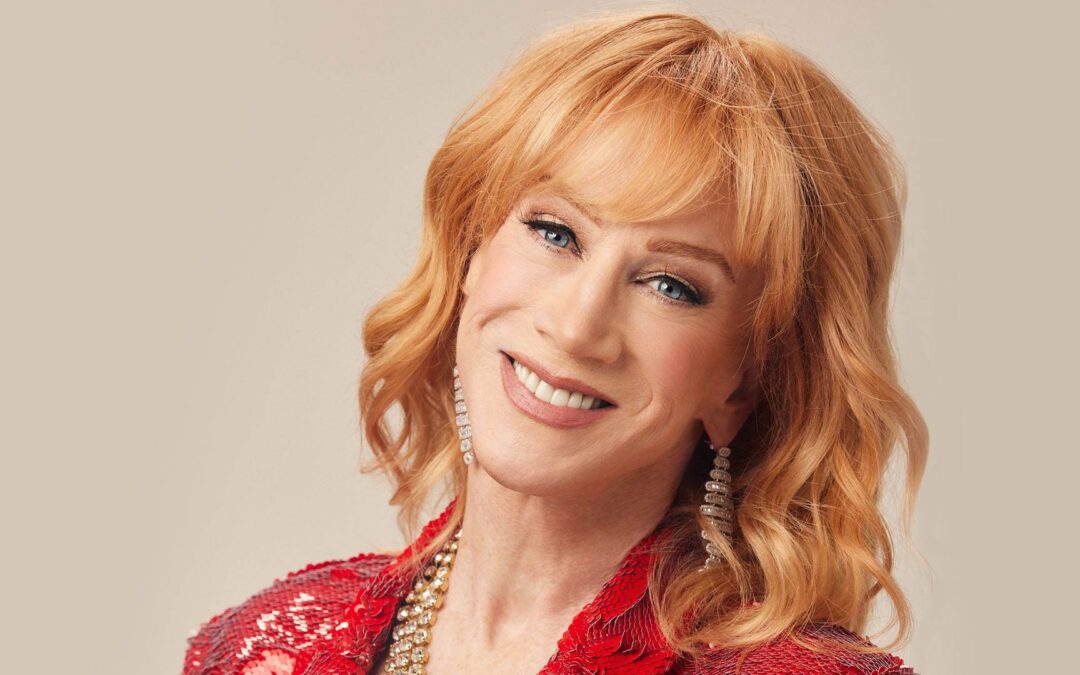
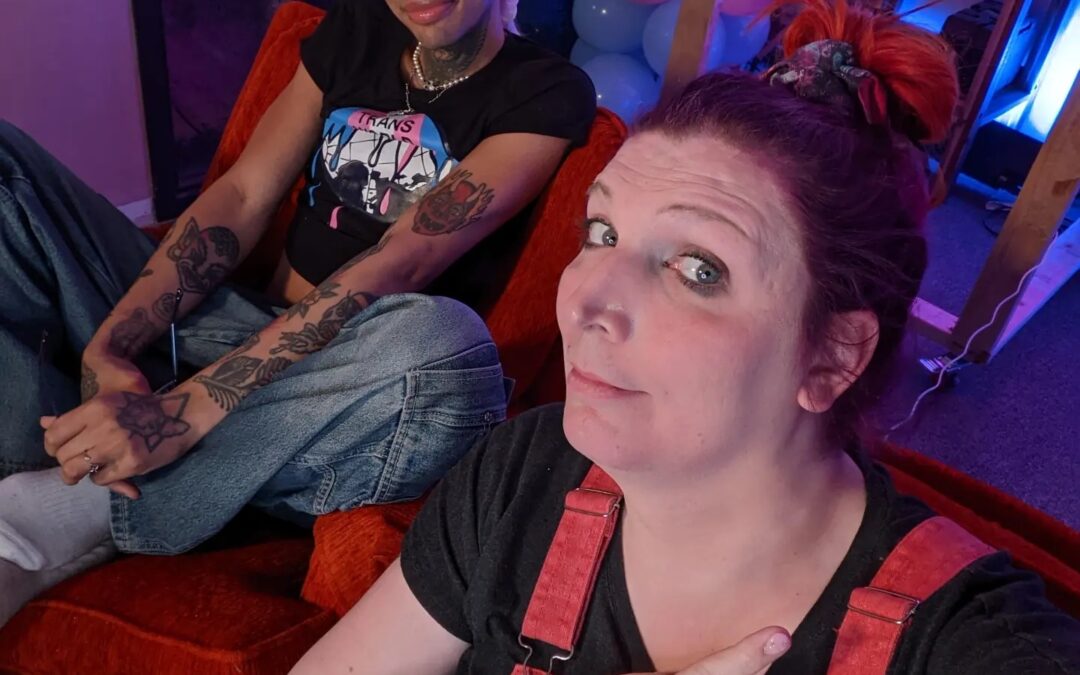
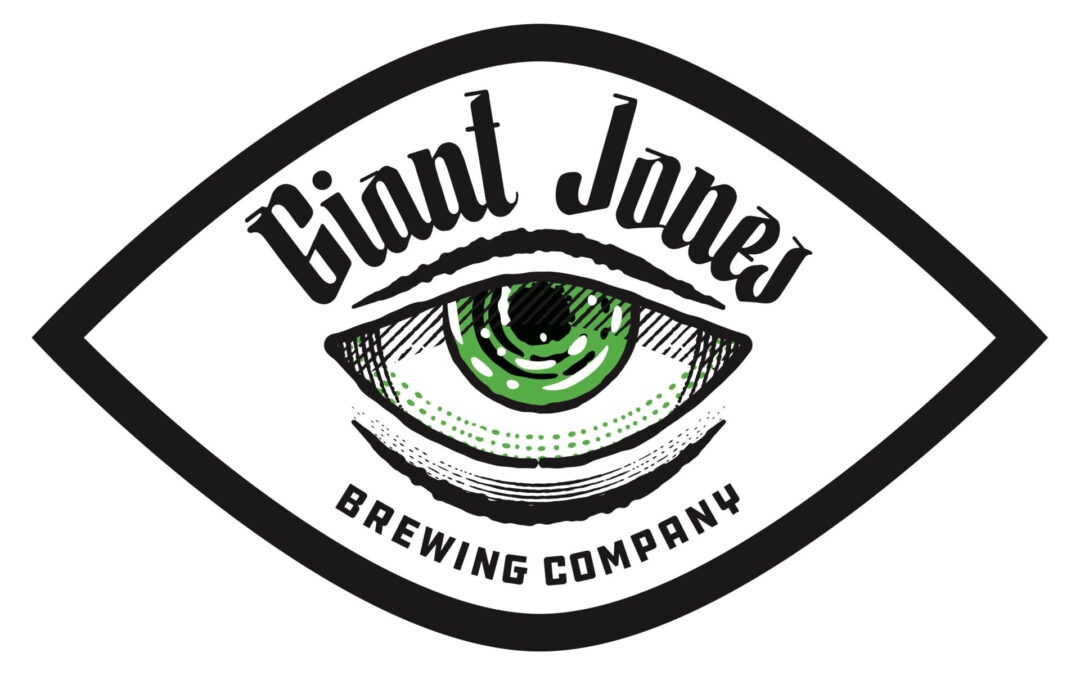
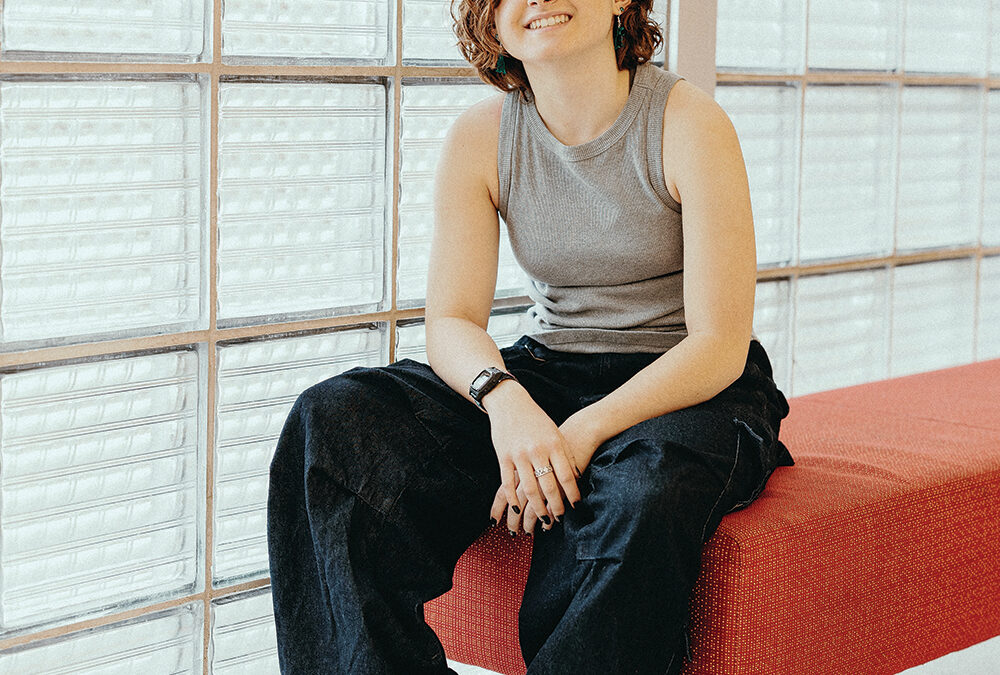
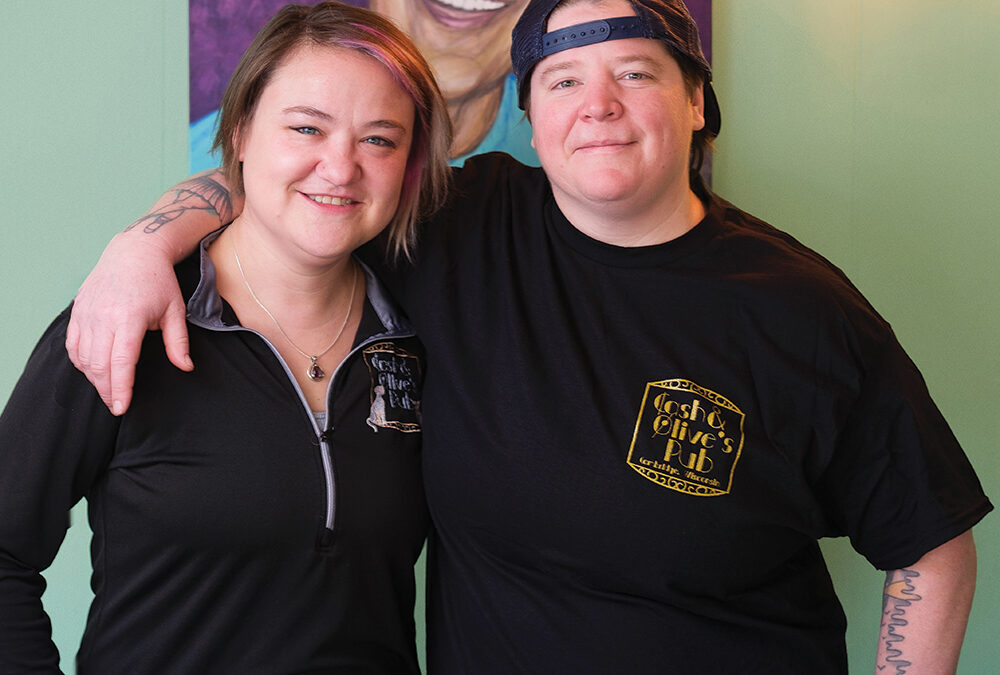

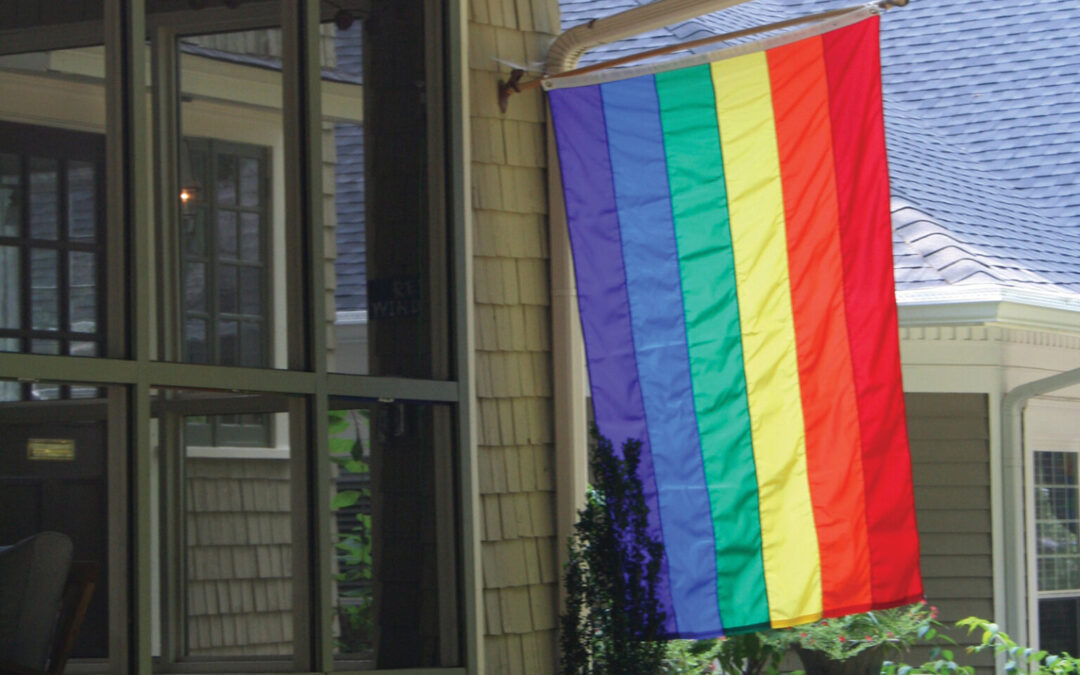
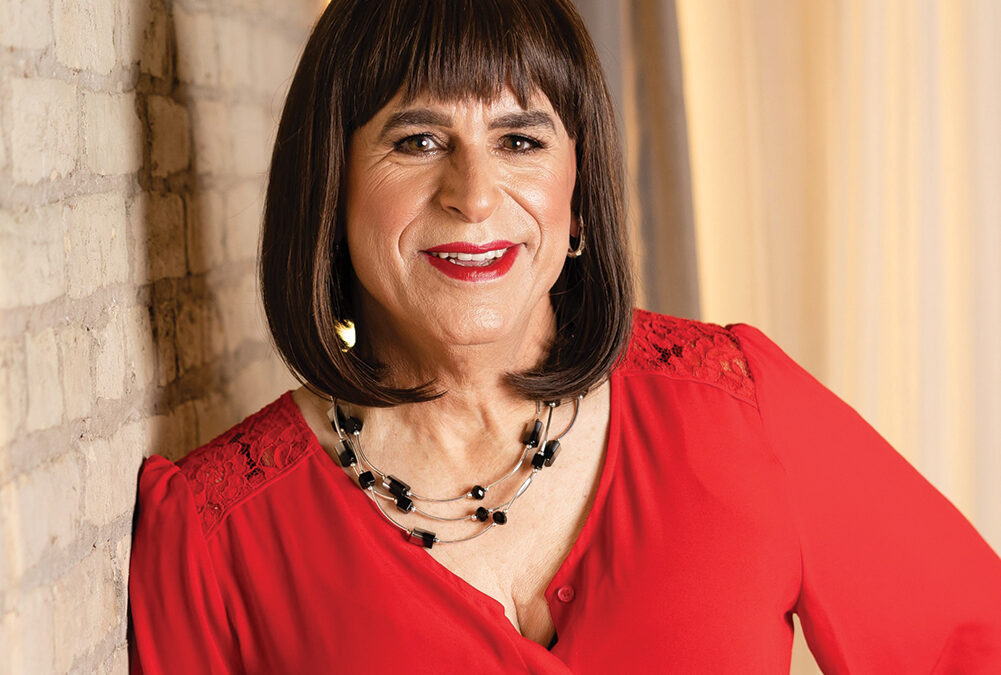
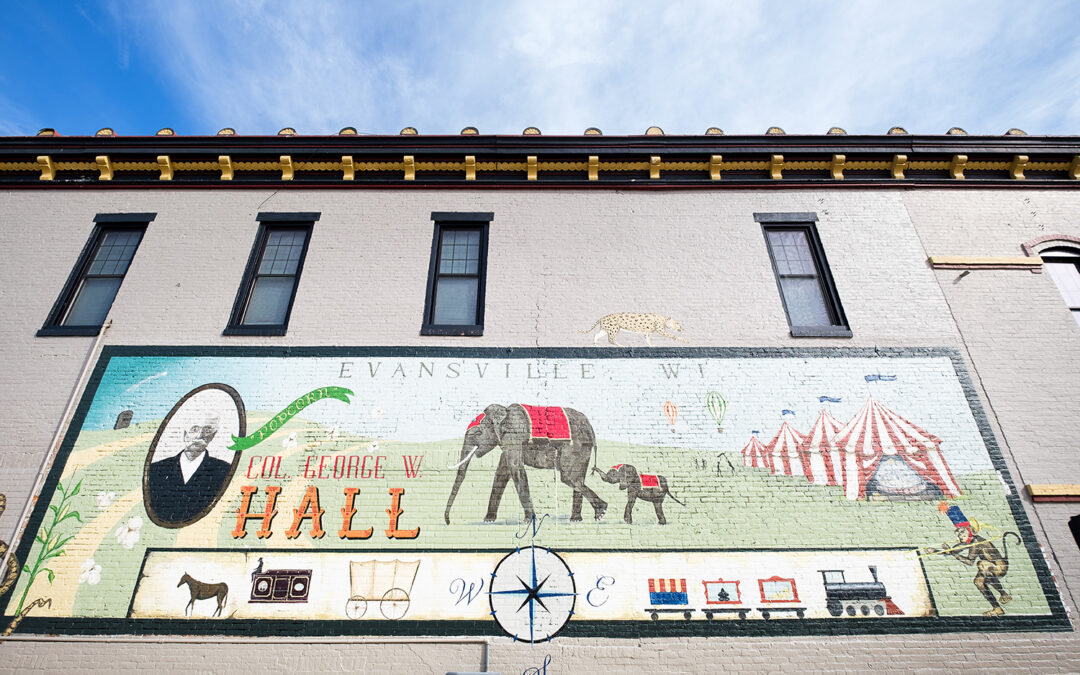
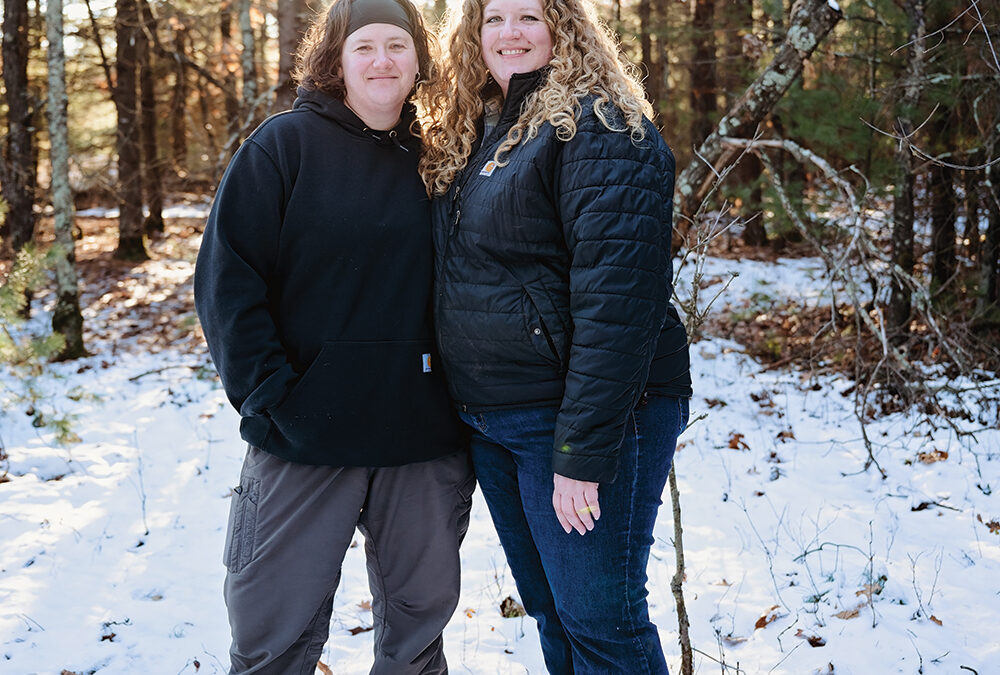


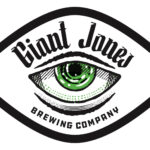

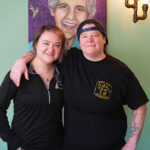




0 Comments